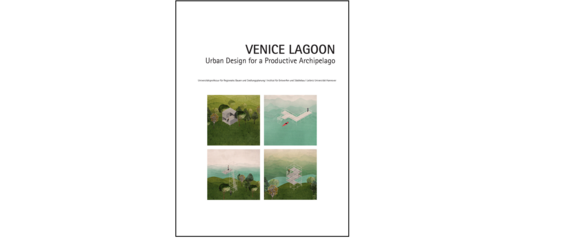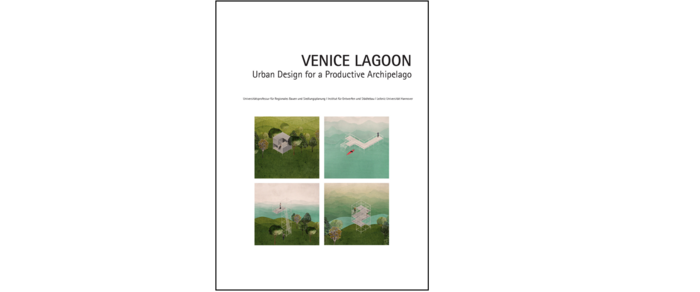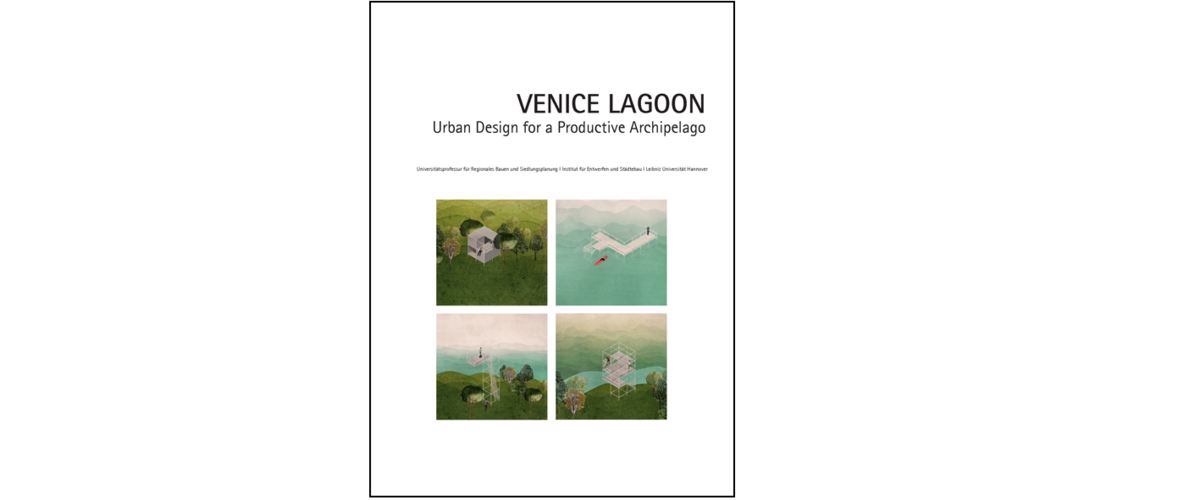


Venice Lagoon I 2017
Venice and the Lagoon are a unique territory, characterised by hybrid cultural and natural spatial forms, flows, and networks. Beyond the islands of Venice this focus comprehends 68 islands in the Lagoon—many of them are not used any more. The aim of the design and research project VENICE LAGOON is to offer creative readings of the Lagoon space in an architectural perspective, starting from spatial potentials towards drawing innovative patterns and processes of spatial change, connected with new economic and social perspectives. Architecture and urban design projects for spatial catalysts are shown as explorative tool and strong strategic contribution to address borders between water and land, between sweet and salt water, between city and country—as well towards borders of protection zones, planning zones, borders of regulation, and borders of sectorial policies and disciplines. Crossing borders and offering linkages and permeabilities are shown as creative field of innovation, leading towards enhancing capacities of space. The Lagoon as newly founded cultural hybrid sphere can systemise aspects of building and settlements, of natural forces, renewable resources, water, agriculture, fishery, white, green and blue economies, crafts and industries, arts and R&D. Also in reference to debates about Venice's future as city, the potential and demand of stronger ties across the Lagoon emerge very clearly, further pointing towards the harbour, the mainland, and the regional scale. Architecture's possible incentive perspective for the Lagoon with experimental spatial interventions aim at setting and strengthening cultural and economic impulses; with weaving territorial networks, in a call to cross borders and scales, VENICE LAGOON offers a habitat vision, as a new productive Archipelago.
Urban Design for a Productive Archipelago
Edited by Jörg Schröder and Maddalena Ferretti
With a contribution by Sarah Hartmann
ISBN 9783946296102

